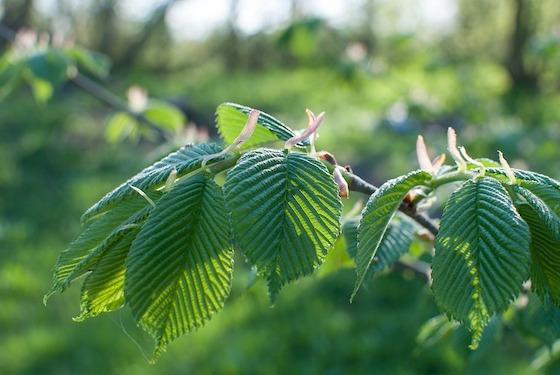
Elm - which is wych?
Anyone of a certain age will remember a very different landscape across Britain to the one we see today – one blessed with the unmistakeable shape of towering English elm trees, swaying in the breeze, seemingly indestructible.
Decades of decimation
It is sadly ironic, then, that from the 1960s onwards the country’s population of English elm succumbed to the work of a tiny insect. The elm bark beetle spread the fungal Dutch elm disease, and was responsible for wiping out some 25 million of these majestic species in the UK alone. The disease had first spread to Britain in the 1920s, when it killed between 10% and 40% of elm trees. Although the initial epidemic died down, a more aggressive version of the deadly fungus was accidentally introduced to Britain 50 years ago with disastrous consequences. In all, over 60 million elm trees are thought to have been killed in the past century.
With Dutch elm disease still prevalent to this day, it is thought that as few as 100 mature English elm trees survive across England, although young elms still spring up sporadically and can sometimes be seen lining hedgerows before surrendering to this devastating infection. The nature of the disease is such that the roots never die, but to date, no cost-effective and efficient way of safeguarding the trees against Dutch elm disease has yet been found.
Invaluable to wildlife, with birds feeding on its seeds and moths on its leaves, the English elm was also home to caterpillars of the white letter hairstreak butterfly. Unsurprisingly, this species has declined dramatically since Dutch elm disease took hold.
Once legendary for its strong and durable water-resistant timber, the elm supplied generations with the resources to make everything from boats to furniture, floorboards and even coffins! Now it is in a fight for its very survival.
Hope remains
While hope remains that eventually an effective solution will be found to halt the ravages of Dutch elm disease, another tree species from the same family is more widespread in both the Heart of England Forest and nationwide: the wych elm. Wych elm trees may be squatter and less imposing than their cousins, but they continue the elm’s tradition of providing a valuable contribution to their local ecosystem.
Offering a viable alternative to the English elm, the waterproof wood of the wych elm was also a favourite for carpenters, and was even used to make water pipes in days gone by. It, too, also provides a home for the caterpillars of many moths, including the peppered, light emerald and white spotted pinion. Birds harvest the seeds for food, and the white letter hairstreak butterfly has also found a home in wych elms.
A hardy native
Despite potential confusion in their names, wych elm is actually a more genuine native to this country than the English elm. Although similarly affected by Dutch elm disease, it is hardier than the English elm and can often be found growing on rocky woodlands or beside streams and ditches. By reproducing from seed (the red-purple flowers develop into small winged fruits known as samaras containing the seed at their centre) it is said that wych elm may develop a resistance, although not immunity, to Dutch elm disease.
Telling wych elm from English elm takes a little detective work. Wych elm leaves are quite large when fully grown – around the length of a hand – and are oval-shaped. There is asymmetry between the leaf sides at the base. The leaves of the English elm are more rounded than the wych and the asymmetry at the base is less pronounced, with the longer side of the leaf often wrapping over the shorter side to mask the bare stalk.
Make the most of these majestic trees if you’re out and about in the Heart of England Forest; there’s no telling what the future holds for them.
Look out for the wych elm….
If you are visiting the northern parts of the Heart of England Forest, look out for wych elm along the Heart of England Way footpath that runs through Bannams Wood in Spernal. Let us know where and when you see them as we’d love to hear your reports! Send any pictures to info@heartofenglandforest.org or to our Instagram, Facebook, or Twitter pages. Here’s hoping they stay around for a long time yet!



